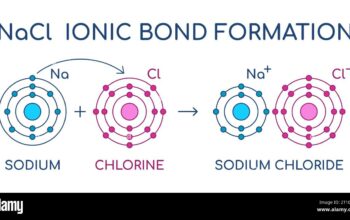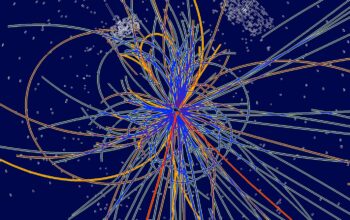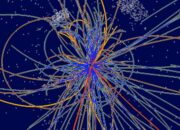Water, commonly perceived as a simple compound consisting of two hydrogen atoms covalently bonded to one oxygen atom, holds far more complexity than its ubiquitous nature suggests. Among the various states of matter—solid, liquid, gas—it is imperative to delve deeper into the lesser-known states: plasma and the Bose-Einstein condensate (BEC). This exploration promises not only to reshape our understanding of water but also to shed light on the broader physical principles governing states of matter.
The concept of plasma emerges when sufficient energy is imparted to a substance, resulting in ionization of its constituent atoms or molecules. This ionization leads to a collection of charged particles, namely ions and electrons, which can conduct electricity and respond to magnetic fields. While water is not inherently a plasma, under extreme conditions—such as those found in stars or certain laboratory settings—it is conceivable that water could be transformed into a plasma state.
To comprehend the transition of water into a plasma state, envision its molecular structure subjected to intense heat or electric fields. At temperatures reaching thousands of degrees Kelvin, water molecules dissociate into their elementary components. The high-energy environments encountered in phenomena like lightning or experimental fusion reactors provide real-world exemplifications of this transformation. Herein lies a curious paradox: while water is vital for life as we know it in its liquid state, the conditions that yield its plasma form exist at the extremes of natural phenomena.
However, the intrigue does not end with the plasma state; it extends into the realm of quantum states of matter, particularly the Bose-Einstein condensate. Predicted by Satyendra Nath Bose and Albert Einstein in the early 20th century, BEC occurs at temperatures close to absolute zero. In this state, a group of bosons occupies the same quantum state, leading to remarkable phenomena such as superfluidity and quantum coherence.
When considering the possibility of water existing as a Bose-Einstein condensate, one must grapple with the pertinent question: can water, as H2O, be cooled down to such extreme low temperatures while retaining its inherent properties? The journey of water into BEC territory is more complex than that of the plasma state. Water’s hydrogen bonds, responsible for its anomalous properties, may significantly influence its ability to reach this quantum state. These bonds create a unique environment that may hinder or alter the typical behavior expected in a BEC.
Experimental endeavors have demonstrated that various forms of hydrogen, such as deuterium or tritium, which are isotopes of hydrogen, can indeed form BEC under suitable conditions. This raises an intriguing prospect: while standard water may not be a candidate for BEC, its isotopes might yield insights into novel quantum states, urging physicists to rethink the boundaries of water’s identity.
The implications of water existing in these exotic states challenge not only our classical understanding of matter but also compel us to reconsider the intersections of thermodynamics, quantum mechanics, and fluid dynamics. Plasma states of water can be envisaged as a bridge to understanding astrophysical processes, including stellar formation and solar dynamics, while BEC provides a foundational basis for exploring superfluid phenomena in quantum systems.
Thought-provoking questions arise from these considerations. What would be the thermodynamic and kinetic properties of water in its plasma state? Would the anomalous behaviors of water persist, or would novel characteristics emerge in a quantum state such as BEC? These inquiries underscore the need for interdisciplinary research, merging fluid dynamics with quantum mechanics to unravel the mysteries entwined in water’s behavior across states.
Further exploration into the realms of quantum states of water could seed advancements in varied applications—a call to reexamine cryogenics, leading-edge quantum computing technologies, and even innovative approaches to energy generation through fusion. The entwinement of water in these states extends beyond academic curiosity; it holds potential for future technologies that could radically alter energy landscapes and material sciences.
Ultimately, the study of water, whether through the lens of plasma or BEC, extends far into the horizon of scientific inquiry. By embarking on this intellectual journey, researchers may not only pave new pathways in theoretical physics but also unlock answers to pragmatic challenges in energy sustainability and quantum technology. The evolving landscape of water’s identity exemplifies the intricate dance between elements, states, and their critical role in our universe.
In conclusion, while water’s existence in plasma and Bose-Einstein condensate states may remain largely theoretical, the implications of such existences compel a shift in perspective. The venture into these states invites curiosity, stimulating discussions and research that resonates not merely within the confines of physics but also across the bridging disciplines that rely on our profound understanding of matter’s complexity. Such explorations are not simply academic; they could redefine our conceptual frameworks and technological aspirations for generations to come.












